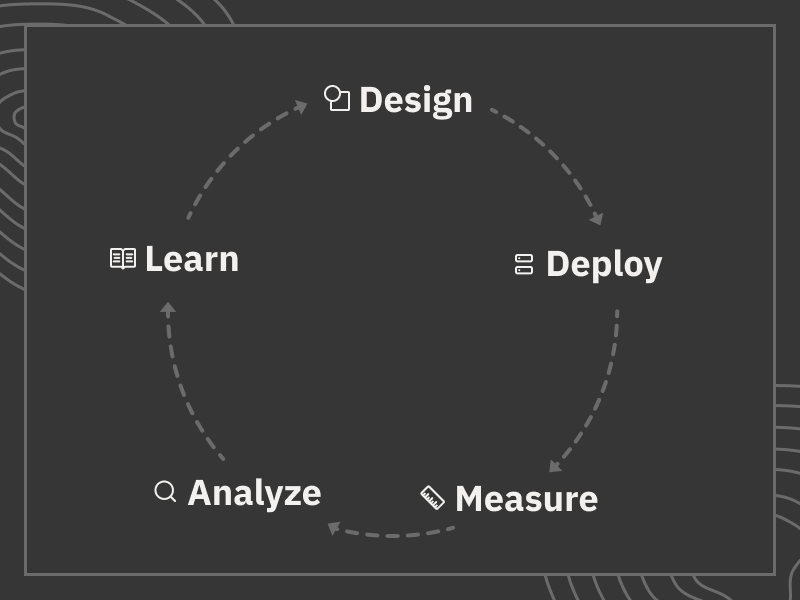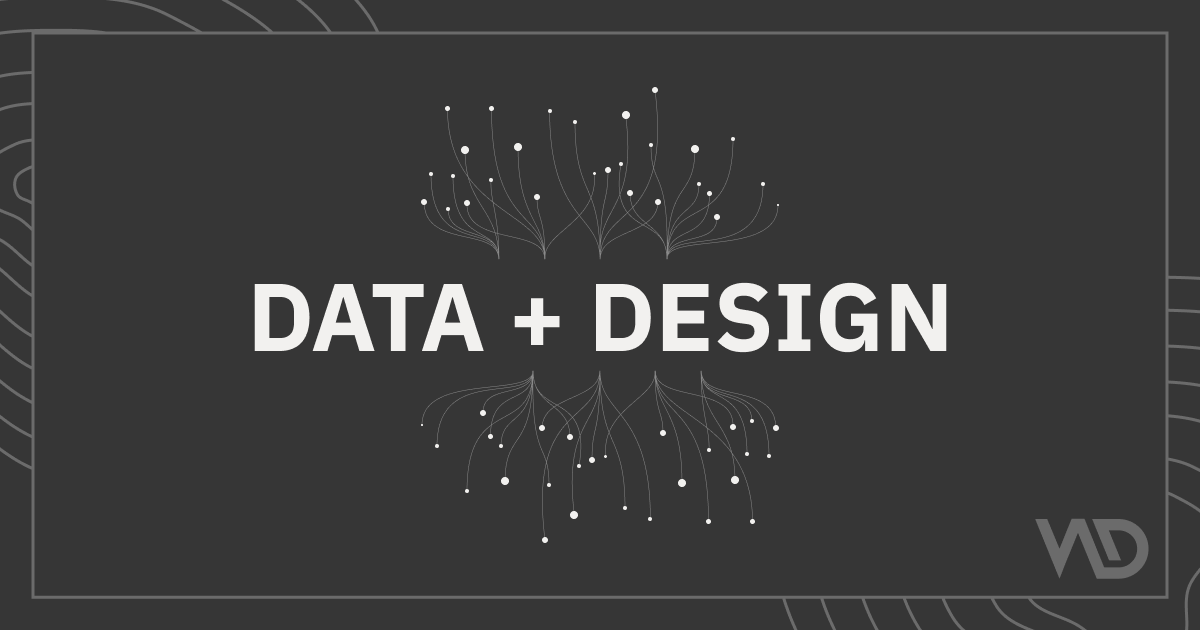The book Design With Data says, “A Genius Designer, someone whose instincts and intuition lead to great design decisions is a myth”. It goes on to say that “it is a seductive myth which concludes that design is empirical and it is independent of data.”
Why is Data important
Product development is a never-ending process. We keep making incremental improvements & the product keeps evolving way beyond the initial concept.
Data-driven design can help product designers move beyond gut feelings and taste via insights. It makes the design decision-making process a lot more objective and defendable.

Collecting Data
- A/B Testing: Also called multi-variant testing, A/B testing is to divide and divert users to two or more different variants of the same product. Data is then recorded and analyzed. Performances of both variants are compared to determine the better one.

- Heatmaps: Heatmaps are yet another technique to track user actions and engagement over your product. Heatmaps can be created for clicks, mouse movements (Touches for mobile devices), eye tracking etc, hence providing a range of insights about your product.

- Analytics: Tools like Google Analytics can provide a set of very insightful data for your product. Data such as Bounce rate, Click through rate, Geographical Analytics, Devices being used to access your website and much more.
- Session Replay: Session Replays helps designers empathise with user better and understand why users sometimes fail to achieve the desired objectives. Even in the cases when the desired objectives are achieved, designers can still identify the sections taking more than the justifiable amount of time. The user flow then can be optimized accordingly.

Is D3 the only approach to use Data in Design?
Apart from Data-Driven UX Design, there are a few more approaches to use the data in the design process.
- Data-Informed Design: When Data gets used in a bit flexible manner, along with other inputs like product designer’s gut instincts and market inputs, and the experience in the relevant field, the resultant approach is called Data-Informed Design. In the Data-Informed Design system, data still plays a fundamental role in the decision-making process.
- Data-Aware Design: In this approach, the Data is just one more input that can help stakeholders take complex design decisions rather than a driving factor. Data and other factors are given equal weightage in the decision-making process.



Be the first to comment.